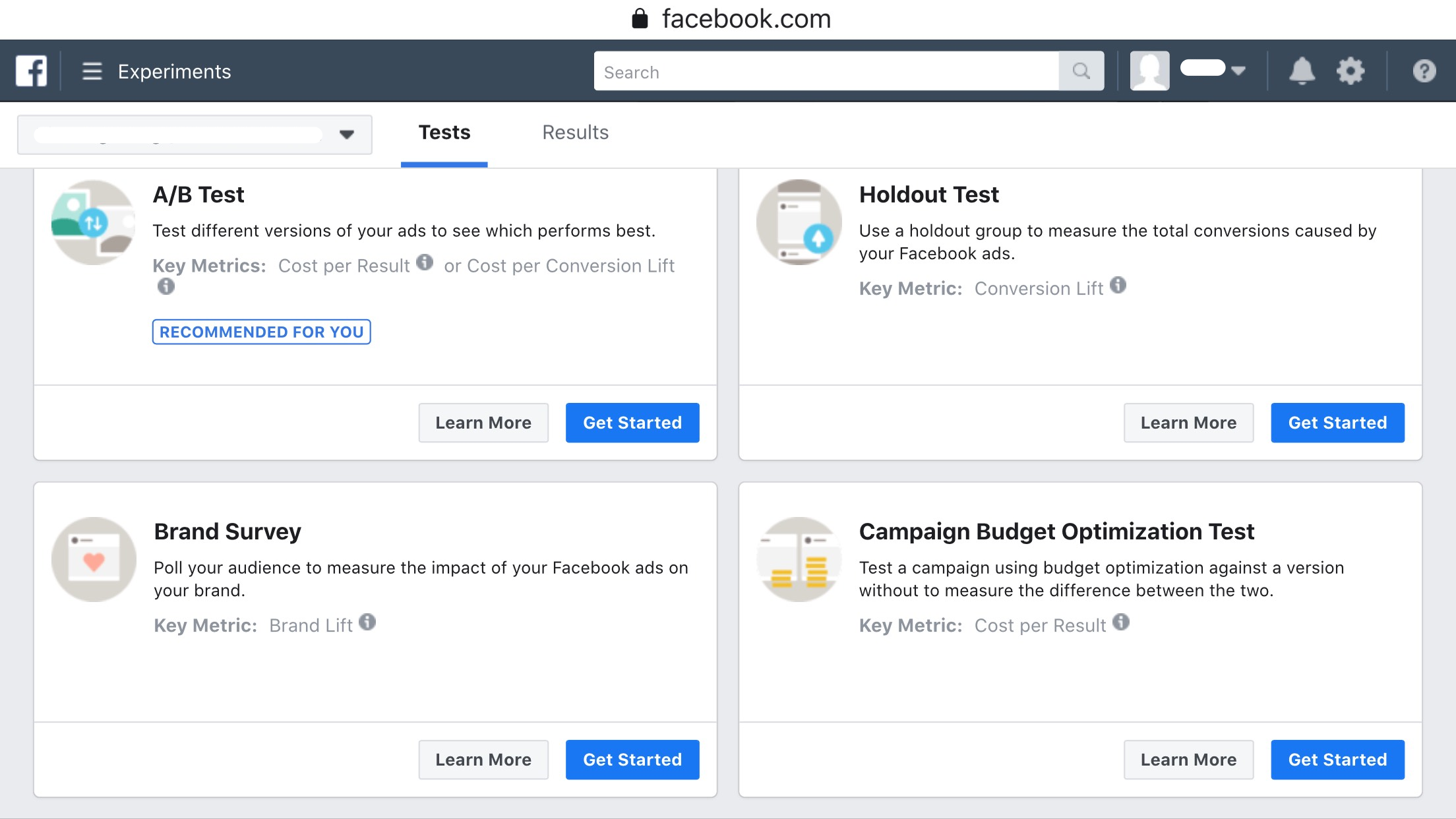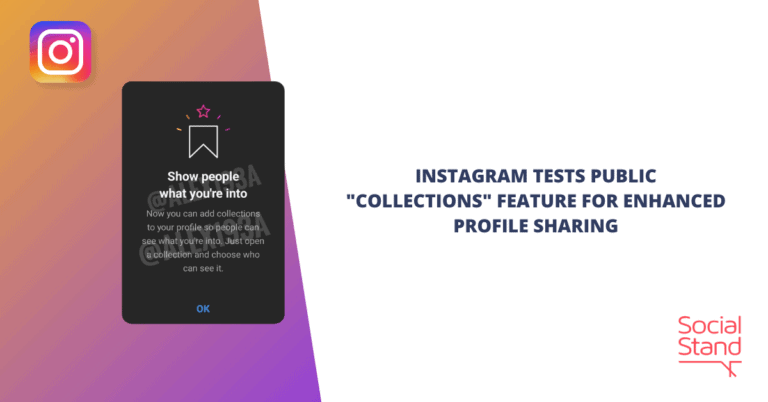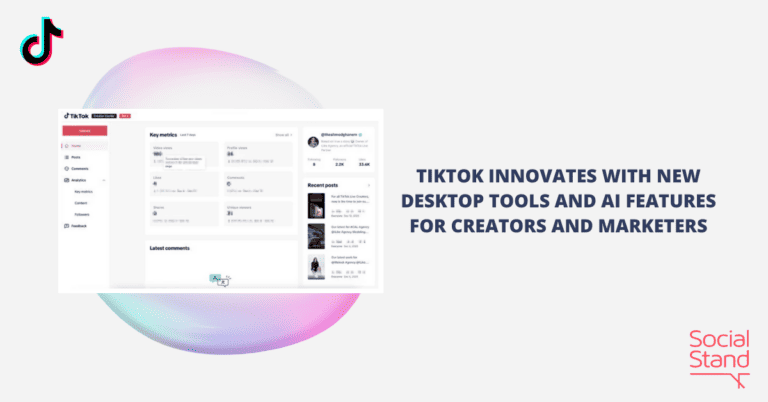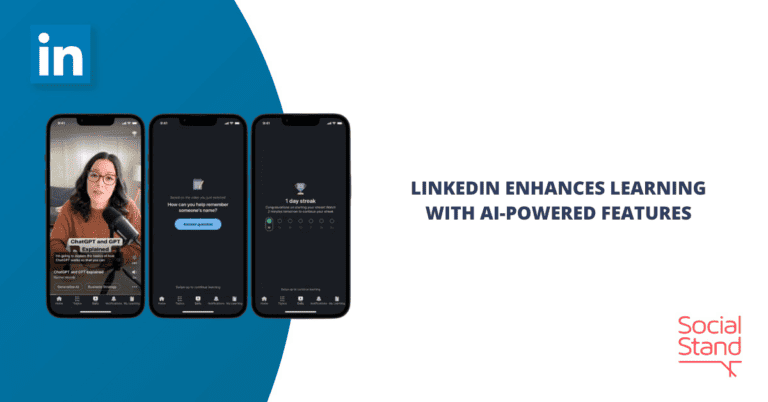Marketers should know which ad works well. So they can perform better on future campaigns. But doing so isn’t easy. With many options and so little time, the questions are filing up. Luckily, Facebook introduces “Experiments.” It’s a simple solution that won’t slow marketers down. Experiments combine “Test & Learn” and “Split Testing” into an A/B test. It allows testing ad versions and measures conversion in one interface. To measure total conversion, marketers can also use a holdout test and brand survey.

Introducing Experiments
On 30 March 2020, Facebook is rolling out Experiments on its platform. In the Ads Manager, it’s the second category under Measure & Report. The page allows one to do an A/B test, holdout test, brand survey, and campaign budget optimization. Before testing, it’s important to assess the factors influencing consumer behaviors. These affect how the audience interacts with advertising. From this input, one can determine the best question that fits a business goal. It’s best to use in the test and learn phase.
Tests Available in Experiments
Testing multiple iterations of an ad helps one determine what works and what doesn’t. This can be done through an A/B Test or split testing. Such a test is created by showing 2 or more versions of a Facebook ad. The audience is then divided into groups. As they see the ads, their actions will be measured. Users can see all the results in the test and learn. The ad providing the highest conversion is the winning ad. It optimizes traffic on a Facebook page. An A/B test works best in comparing two strategies or measuring changes in advertising.
A Holdout Test measures the incremental conversion lift of an ad campaign. The audience will be randomized and divided into two groups. The first group consists of people who saw the ads. The second group or holdout group are those withheld from seeing the ads. In comparing the results between these two groups, marketers can measure the total conversion of the ads. They can better understand the impact of the ads on Facebook.
Brand Surveys poll the two segments in your A/B & Holdout tests. Poll topics may include ad recall, message association, and brand awareness. The brand lift then calculates the performance difference in both groups. Such gives a clear view if marketers are investing in the right strategy.
Experiments also offer a Campaign Budget Optimization Test. Here, marketers can see how a campaign budget affects the cost per result performance, First, one needs to choose an existing ad campaign. It will then be duplicated with the campaign budget optimization turned on. The budget will be split evenly between each new campaign. The test will determine which performs better by randomizing all ads.
Conclusion
Facebook Experiments is the simplest solution to test ad campaigns. It helps users make strategic decisions through automated testing.
Implications for Brand Marketers
Brand marketers can get new insights into the Experiments feature. It’s best to do A/B testing on advertisements to see how ads perform and learn about conversion rates and analytics.
Reference: https://www.facebook.com/business/news/evolving-the-way-businesses-test-and-learn-with-experiments/
Social stand provides social media marketing in HK.



